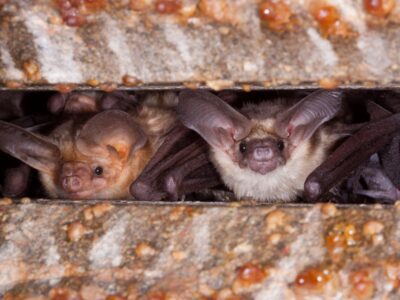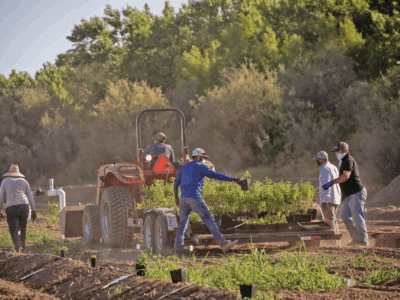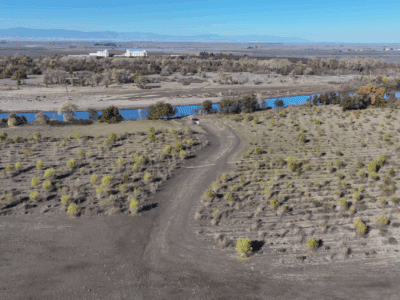In the groundbreaking 1999 book Chasing Monarchs, naturalist and scientist Robert Pyle described monarch butterflies as “wedded to watercourses.” Two decades later, we have come to understand that revitalized riverways may be the key to saving the endangered Western monarch butterfly from extinction.
In the arid west – especially in California’s Central Valley – monarchs are dependent on riparian landscapes. According to the 2017 Western Monarch Butterfly Conservation Plan, “Watercourses offer all the requisite habitat elements.”
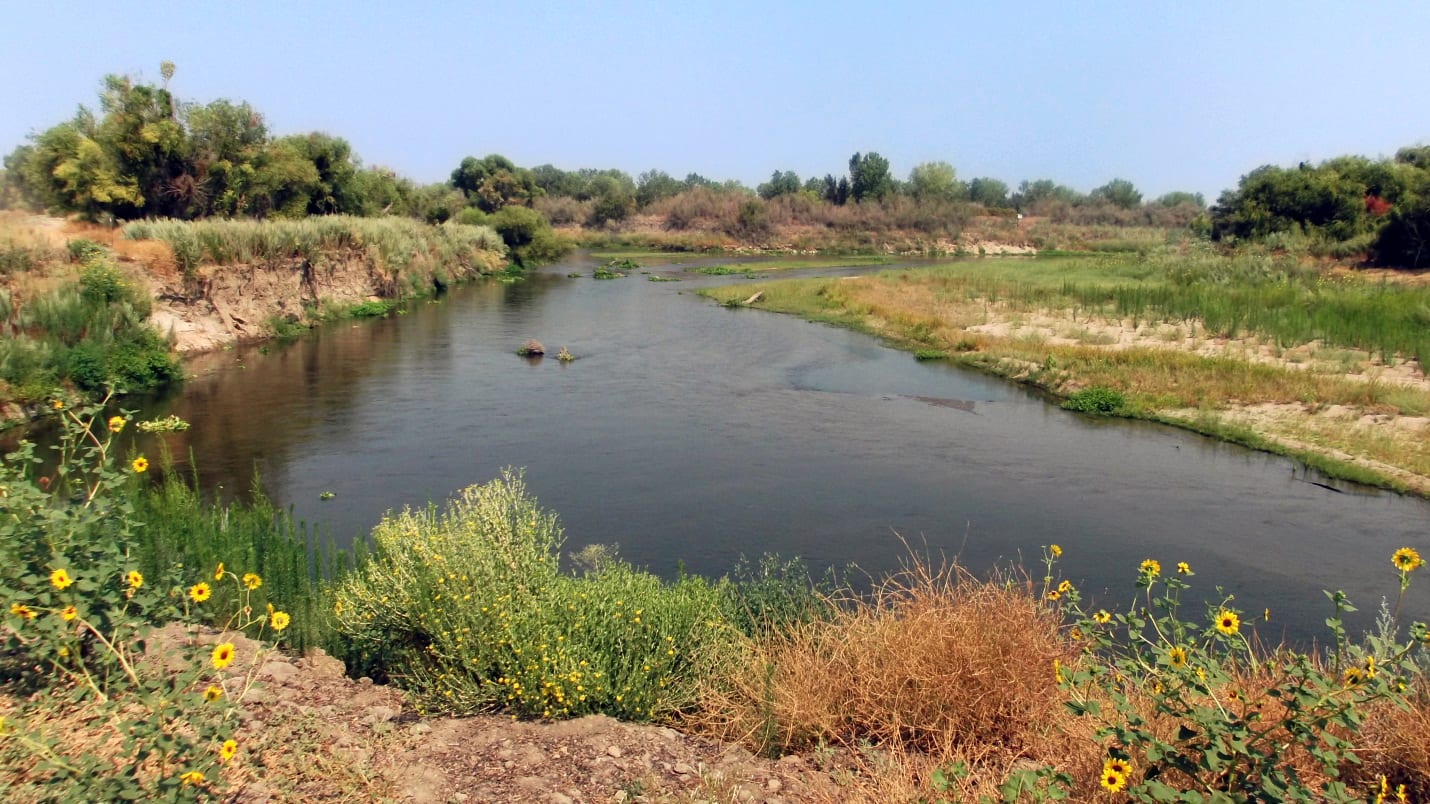
Monarchs migrate across thousands of miles. Evidence suggests that they follow the bloom of a suite of nectar-rich native plants, and require access to water and shaded places to rest. “In the summer, monarchs like to roost in shrubs and trees. We’re getting more caterpillars in areas close to water, where there are more plants that don’t dry out,” said Cheryl Schultz, a professor at Washington State University in Vancouver and a River Partners’ research partner.
Access to plants that bloom during different time periods is also critical to the monarch’s survival. Because their migration spans multiple seasons, monarchs may visit willow in the winter and early spring, for example, but may depend more on late-blooming goldenrod or western goldentop in the summer and fall. Early blooming species such as willow and coyote brush are particularly important for monarchs during their spring migration.
During their journey, all monarchs depend on milkweed to nurture and protect their young. Adults lay their eggs exclusively on milkweed plants, and the plants provide the caterpillars with the perfect source of nutrition as well as a unique strategy for self-defense. Milkweed contains cardenolides, toxic compounds that make the caterpillars unpalatable to many predators.
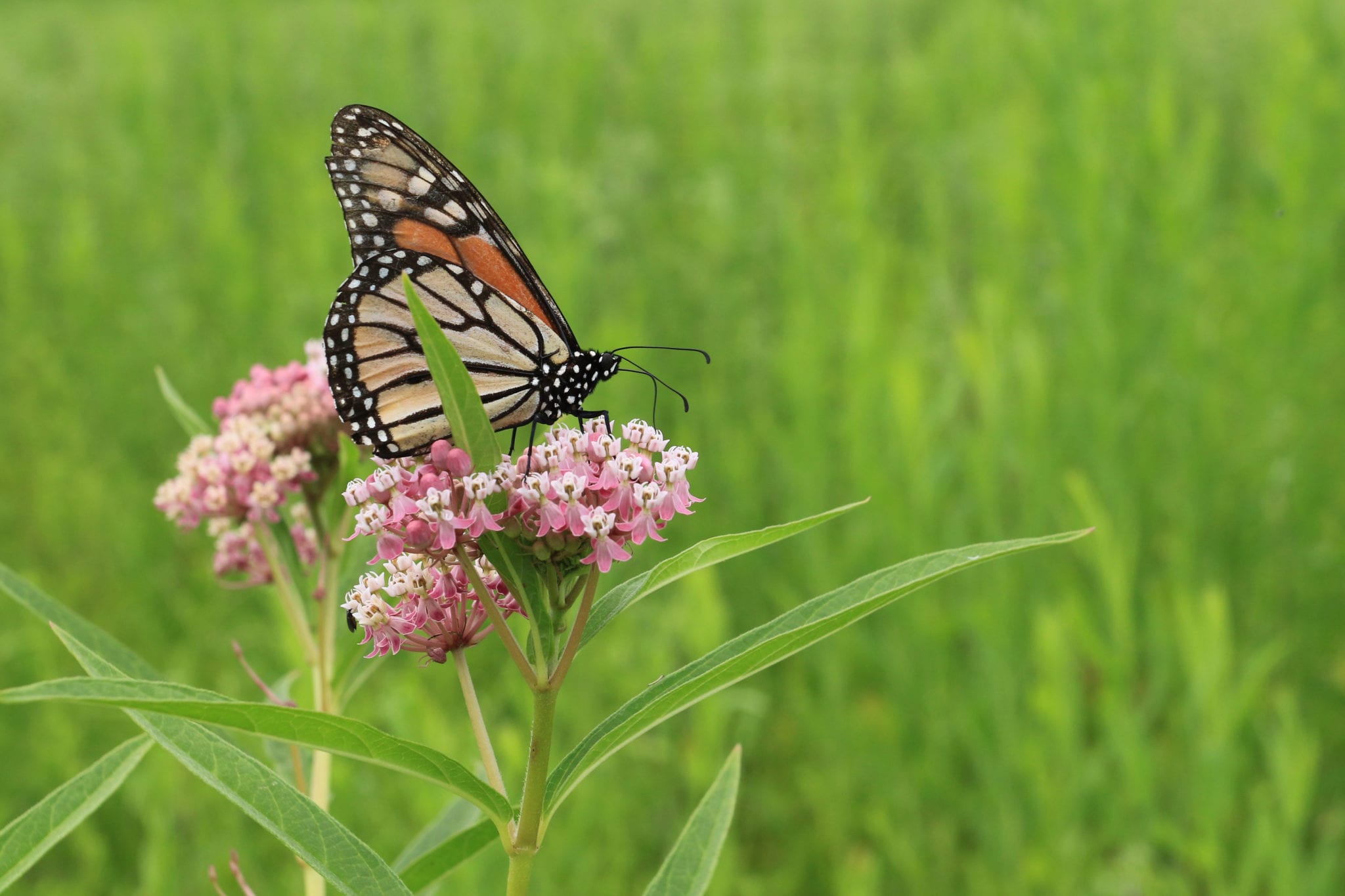
Designing River Corridors for Monarchs
Thanks to a $1.21 million grant from the Wildlife Conservation Board, River Partners and partners are undertaking the largest coordinated monarch habitat restoration project in the western United States. Our 595-acre project spans seven sites from Northern to Southern California. Crews will plant milkweed, as well as multiple native flowers and other plants to provide monarch habitat and nourishment.
As a Monarch Joint Venture (MJV) Partner, River Partners is coordinating our efforts with federal and state agencies, businesses and educational institutions, and non-governmental organizations dedicated to the protection of the monarch butterfly.
“The western monarch population is direly low, and we need all hands on deck to bring them back,” says Wendy Caldwell, executive director of MJV. “A focus area for restoration work is in riparian areas where moisture is more readily available. Milkweed, wildflowers, and trees thrive in these areas, offering richer nourishment and protection from the extreme heat compared to other parts of the arid western landscape.”
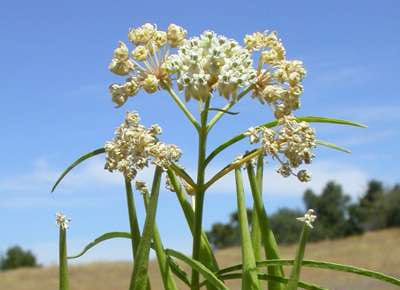 Milkweed growing on a River Partners restoration site. | 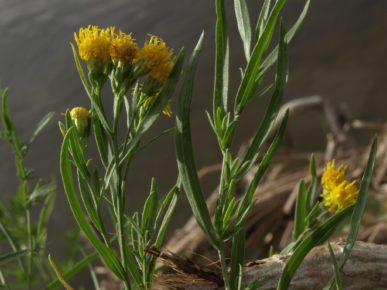 Western goldentop thrives in riparian areas. Photo by Jim Morefield. |
The Western Monarch Conservation Plan highlights the need to create “a minimum of 50,000 additional acres of monarch friendly habitat … in California’s Central Valley and adjacent foothills” by 2029. River Partners is designing restoration sites with special attention to the timing of the monarch’s migration, both in the spring and in the late summer.
“For the plant design, we will be doing a few things,” says Michael Rogner, River Partners’ senior ecologist. “Since we’re trying to address multiple phases of their life cycle, we’ll be planting a wide array of flowering plants known to be used by monarchs for nectar sources, and also planting milkweed to host egg and larval stages.”
To select the right species, the team will choose plants that flower during times when monarchs are most likely to be present. “A lot of annual plants flower in early spring,” says Rogner, “So we’ll probably help monarchs more if we plant late summer wildflowers such as buckwheats, vinegar weed, and tarweeds on our project sites.”

Monarchs benefit, but so do people
Across the state of California, farmers are also stepping in to help the monarch. Daniel Kaiser of Environmental Defense Fund says establishing monarch habitat on farm property is well-aligned with what farmers are already doing. “A lot of the farmers we’ve talked to have experience with hedgerows and are looking to enhance their hedgerows. That’s very compatible with establishing monarch habitat.”
The farmers add milkweed to their existing hedgerows, Kaiser says, along with a few other nectar sources. The changes help the monarch butterflies, and they help farmers, too. Restored habitat can improve soil quality, sequester carbon, and filter pollutants from local water sources. But one of the most immediate benefits to farmers comes in a very small package. “It’s really about what kind of beneficial insects can those hedgerows attract,” says Kaiser. “As soon as you create these hedgerows, ladybugs show up, and lacewings and other predatory insects that can help with pest control.”
“Other pollinators use these plants too,” says Angela Laws, Endangered Species Conservation Biologist for the Xerces Society, which focuses on pollinator conservation. “Creating more habitat is going to benefit all of them.” Native bees, other species of butterfly, moths, beetles, flies — even vertebrates like birds — also rely on California’s riparian habitats.
“Pollinators are so important to our economy and our well-being,” says Laws. “They’re important to agriculture, to natural ecosystems … losing them would be devastating in so many ways. And one of the best ways we can protect these species is by respecting and restoring habitat.”


